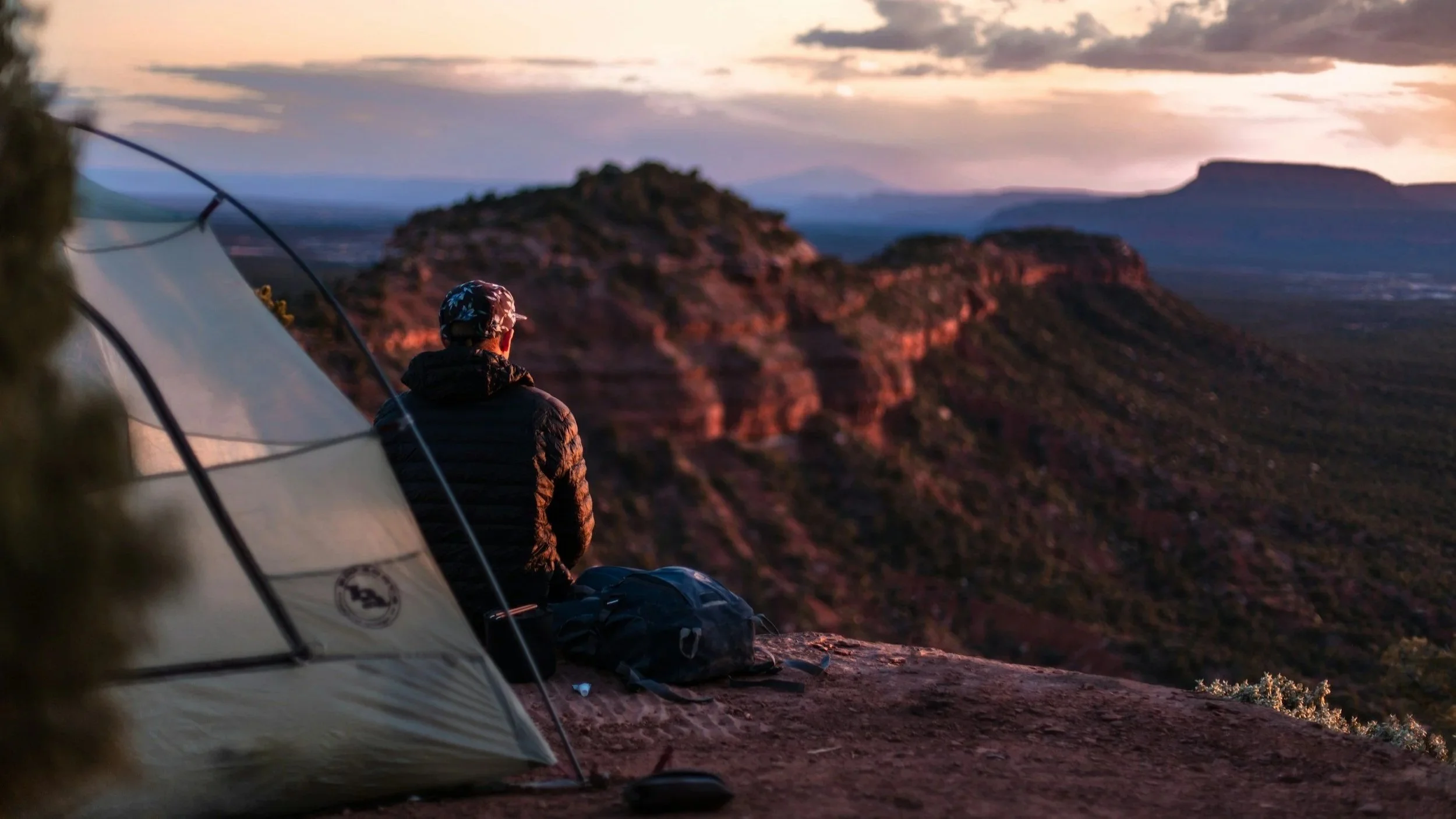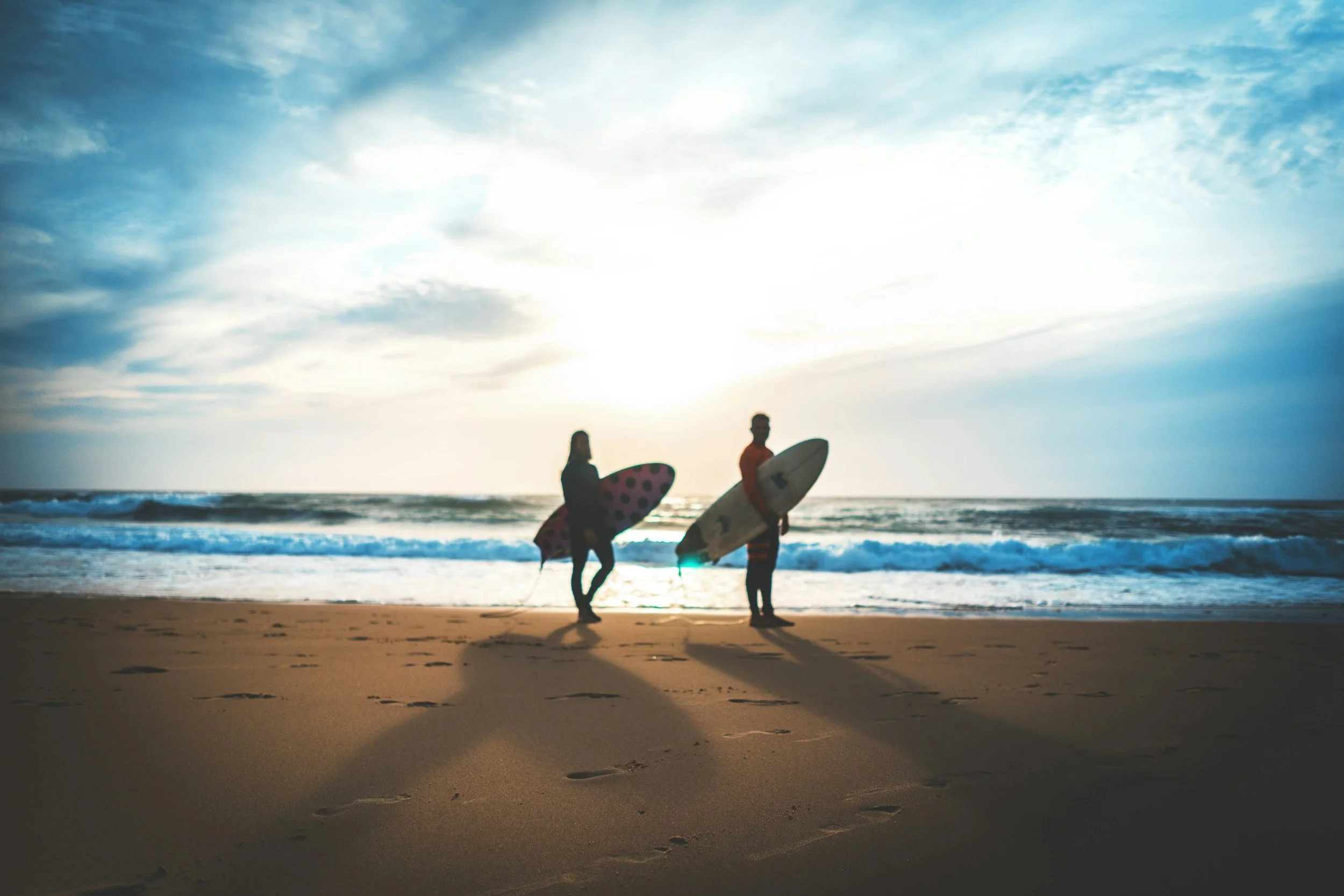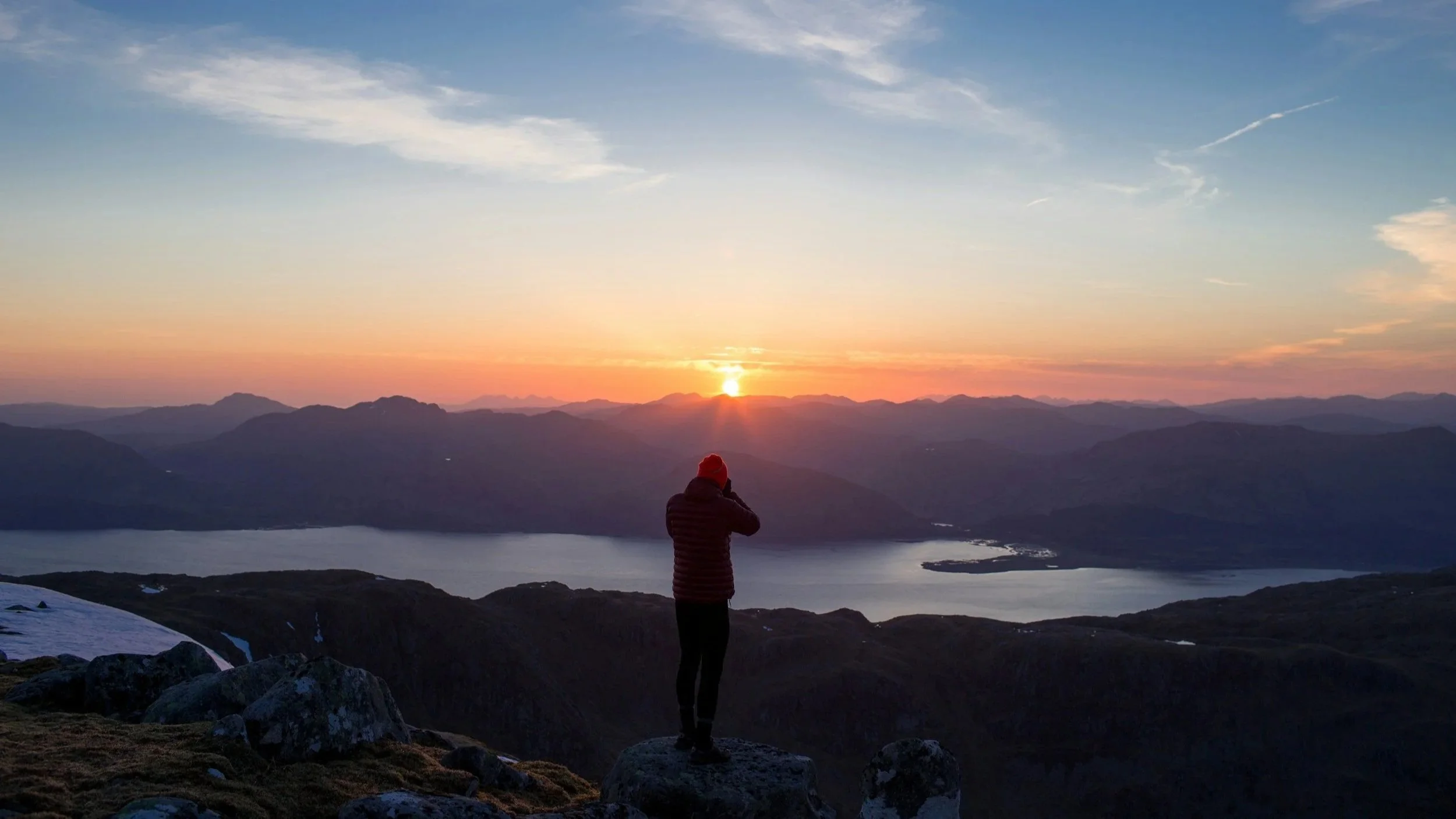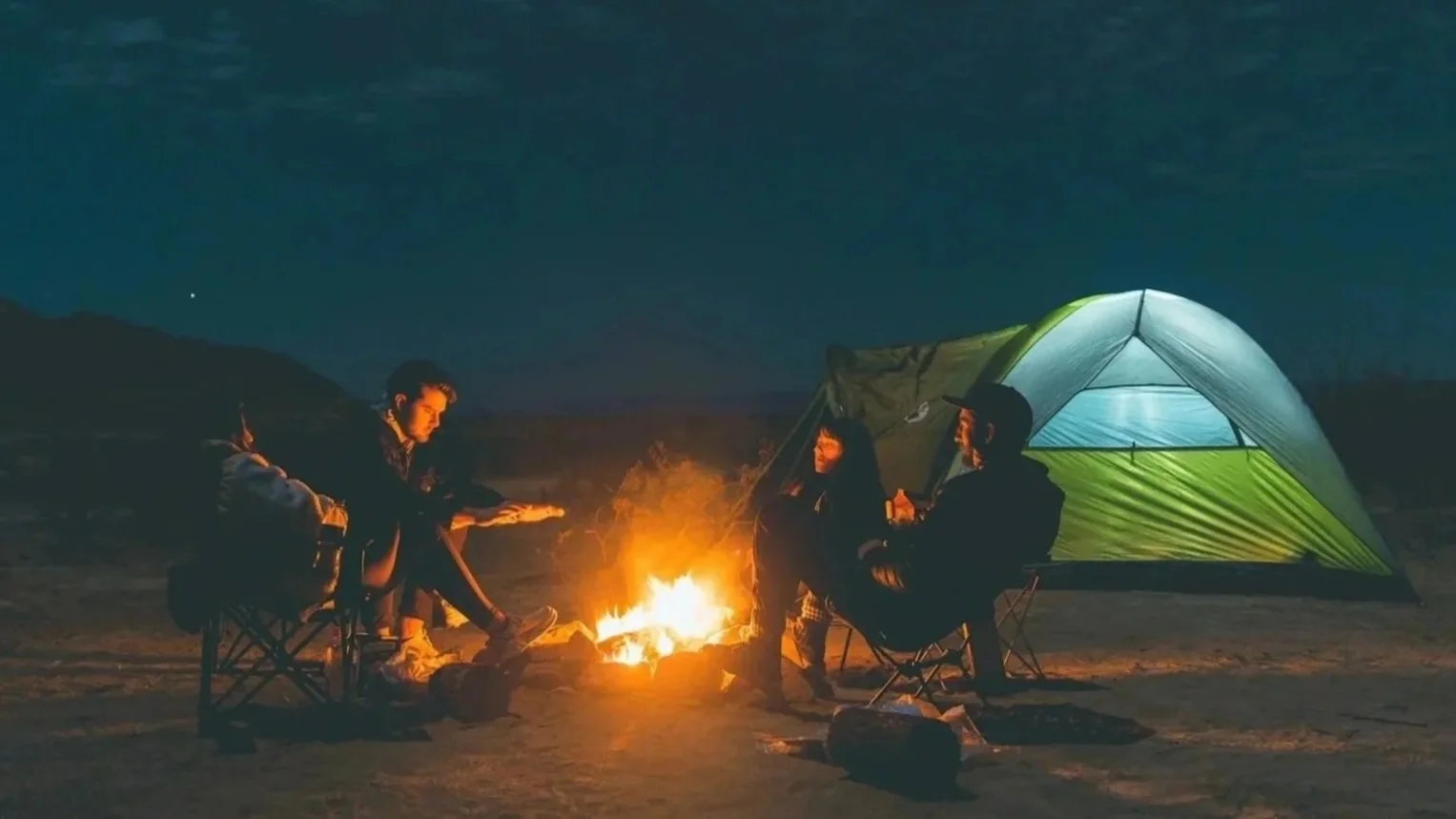The Great Decline: Unpacking the Inevitable Fall of Alcohol Culture
Listen up.
Something is happening.
It’s a groundswell, a seismic shift in the tectonic plates of our culture that’s been a long, long time coming. You can feel it in the air, you can see it in the choices people are making, and now, the hard data is screaming it from the mountaintops. The once-unquestioned reign of alcohol is beginning to crumble, and frankly, it’s about damn time.
For years, we at Sober Outdoors have been on the front lines, witnessing a quiet revolution. We’ve seen individuals, one by one, wake up to a simple, profound truth: that a life lived fully, a life of genuine connection, adventure, and presence, is a life unburdened by the poison we’ve been duped into calling “fun.”
Now, a recent Gallup poll has thrown a klieg light on what we’ve known all along. It’s not just a fringe movement anymore. It’s a mainstream awakening. So let’s dive in, break down the numbers, dissect the desperate response from a dying industry, and talk about what this beautiful, chaotic, and exhilarating shift actually means for our future.
The Numbers Don't Lie
Let's get right to it…
The latest Gallup data is a bombshell. It found that only 54% of U.S. adults now say they drink alcohol. This isn't just a number; it's a historic low, a significant drop year-over-year, and a powerful indicator of a massive societal pivot. The veil is lifting. People are waking up to the fact that they’ve been sold a bill of goods—a slickly marketed promise of connection and joy that delivers the exact opposite.
This isn’t some statistical blip. It's backed by a convergence of research from the most respected institutions. We're seeing a clear, downward trajectory in overall consumption, driven primarily by Gen Z and Millennials who are, for lack of a better word, over it. They're turning away from booze in droves, opting for clarity over intoxication, genuine experiences over chemically-induced facsimiles.
But let’s not get it twisted.
This good news doesn’t erase some brutal realities. While fewer people are drinking overall, the CDC and National Institute on Alcohol Abuse and Alcoholism (NIAAA) remind us that for those who do drink, the patterns can be catastrophic. Binge drinking remains a stubborn, destructive force. Alcohol-related deaths, now topping 178,000 annually in the U.S., continue to devastate families. And the link between alcohol and cancer is no longer a subject of debate; it’s a scientific certainty. As Stanford Medicine plainly puts it, there is no amount of alcohol that is "good for you." Zero. The consensus is in, and it's unequivocal: alcohol is a toxin that damages DNA and significantly increases the risk of multiple types of cancer.
So, while we celebrate the 54%—and we absolutely should—we hold the other side of this reality in our minds. The fight isn’t over. It’s just getting started.
Big Alcohol's Desperate Pivot
An industry built on a lie doesn't just pack up and go home when the truth comes out. It adapts. It gets craftier. And that's exactly what we're seeing. Big Alcohol is in a panic, and their response is as predictable as it is insidious.
They're witnessing the ground shift beneath their feet and are scrambling to rebrand, repackage, and reposition their product to stay relevant. Suddenly, their marketing isn't about getting wasted anymore. Oh no. Now, it's about "authenticity." It’s about "identity." It's about "curated experiences." They're co-opting the very language of the communities they've historically harmed.
They plaster their ads with images of diverse, vibrant young people—the very demographic that is rejecting them—and try to sell their poison as a tool for connection and inclusivity. They’re pushing "low-cal," "zero-sugar" options as if that somehow negates the ethanol. It's a masterclass in gaslighting. They are desperately trying to weave their product into the fabric of genuine human experience, hoping we won't notice that it’s the very thing that unravels it.
Let’s be crystal clear: this is a calculated, cynical strategy. It’s a wolf in sheep’s clothing. They are attempting to keep driving year-over-year growth by selling a diluted version of the same old lie. They see the writing on the wall—long-term stagnation and the eventual obsolescence of their business model—and they will say and do anything to avoid it. Don't fall for it.
The View from the Front Lines: Predictions, Hopes, and Boots on the Ground
So where is this all headed? Is this a fleeting trend, or are we witnessing the beginning of a true cultural revolution?
The experts—the PhDs, the addiction specialists, the mental health professionals—are cautiously optimistic. They see the trend as a powerful, positive shift, particularly as the younger, more health-conscious, and digitally-connected generations mature. The prediction is that this isn't a fad; it's an evolution. The trajectory points toward a future where alcohol no longer holds the central, revered position in our social lives. It’s more than a "wait and see" moment; it's a "clap, and then get to work" moment.
A Generational Divide: Millennials, D.A.R.E., and the Digital Age
While Gen Z is rightfully getting credit for accelerating this trend, my generation—the Millennials—stands as a fascinating, and often conflicted, bridge between the old world and the new. We were the last generation to grow up in a largely analog childhood, but the first to come of age online. Our relationship with alcohol is just as complex.
Millennials still drink more than Gen Z, with 55% identifying as drinkers, but we are also leading the charge toward mindful consumption and sober curiosity. Why? Because we’ve seen the damage firsthand. We are the generation of "deaths of despair," with alcohol-related deaths among our cohort rising a staggering 69% in just one decade. We were saddled with unprecedented student debt, entered a workforce cratered by the Great Recession, and have been navigating a world of economic precarity ever since. For many, alcohol became the default coping mechanism.
For me, and for so many others, it was also a household staple. One in five American adults grew up with an alcoholic relative, and those children are four times more likely to become alcoholics themselves. That’s not a statistic; it’s the story of countless families, a cycle of trauma and coping passed down through generations. We saw it, we lived it, and now we’re the ones saying, "the buck stops here."
Our introduction to substance use prevention was the now-infamous D.A.R.E. program. Ask anyone my age, and you’ll likely get a cynical laugh. We all remember the police officer, the black t-shirt, the "Just Say No" message. And we all know it was a colossal failure. Decades of scientific studies have proven D.A.R.E. to be completely ineffective, with some research even suggesting it was counterproductive—sparking curiosity rather than preventing use. It was a top-down, fear-based approach that fundamentally misunderstood the reasons kids experiment in the first place. It treated a complex issue with a bumper sticker slogan, and it failed an entire generation.
It makes me genuinely curious about what it’s like to be a teenager today. My high school years were the last gasp before smartphones became ubiquitous. We didn’t have social media documenting our every move. Today, a kid’s entire social life is curated and broadcasted 24/7. Does that pressure-cooker environment push them toward or away from substances? The data suggests away, but the landscape is undeniably more complex. They are navigating a world we can only begin to imagine, armed with tools and facing pressures we never did.
What We're Hearing in the Community
This is where the data comes to life. The trends we read about in reports are the lived experiences of the people in our community. Every day, our Local Ambassadors and Support Teams are hearing stories that confirm this monumental shift.
Our Ambassador in Colorado recently told me, "We're seeing it on every group hike. New members show up and they're not just 'in recovery' in the traditional sense. They're young professionals, college students, parents who are just done with the haze. They're actively choosing clarity. They tell us they want to actually remember the summit view, you know?"
A community member from the Pacific Northwest shared this on our forum last week: "The biggest change for me was realizing my 'social anxiety' was actually just 'hangxiety' in disguise. Since I stopped drinking, I connect with people on the trail so much more deeply. The conversations are real. It's not surface-level bar talk. It's like I've unlocked a new level of connection."
And it’s not just about mental and emotional clarity. Our Support Team Lead in the Southeast passed along this gem: "People are talking about the money, too. One of our members calculated she was saving over $4,000 a year. She literally traded a depressant for a once-in-a-lifetime adventure. That's what this is all about."
The Dawn of a New Era?
The numbers from Gallup are more than just data points on a chart. They are the echoes of millions of individual stories, millions of quiet decisions made at dinner parties, in grocery store aisles, and on Saturday mornings. They are a reflection of a collective awakening to a truth our community has always held dear: life is more vibrant, more adventurous, and more authentic without alcohol. This isn't a fleeting trend; it's a fundamental correction. For generations, we were sold a lie—that a toxic, carcinogenic depressant was the key to celebration, connection, and confidence. We were told it was sophisticated, that it was a rite of passage, that it was a necessary social lubricant. It is none of those things. It is, and always has been, the devil in liquid form.
This cultural tide is turning, and it's crucial to remember that this is happening despite the sophisticated, multi-billion-dollar efforts of an industry desperate to keep us tethered to its products. They see the shift, and they are terrified. Their pivot to "authenticity" and "wellness" is the last gasp of a dying paradigm. They are trying to sell us the bottle, just without the booze, hoping we won't notice that the entire system is the problem. But we notice. We see through the charade. This is a grassroots movement of personal choice winning out over corporate influence. It is a testament to the power of people choosing health over habit, clarity over chaos, and presence over escape.
This is our moment.
This is the validation of every person who has ever felt like the odd one out for ordering a club soda. This is the culmination of every quiet choice to prioritize a sunrise hike over a hangover. The world is catching up to what we’ve always known.
Let's continue to lead the way, to explore our own uncharted nature, and to show everyone the limitless, electrifying potential of a life fully awake in the wild.
The view is clearer from up here.
The air is cleaner.
The connections are real.
Join us on the trail.
About Uncharted Nature:
Uncharted Nature is the official blog and voice of Sober Outdoors. It's a space for raw, unfiltered conversations about sobriety, mental health, and the profound healing power of the outdoors. We don't pull punches. We explore the uncharted territories of a life lived without alcohol, armed with curiosity, courage, and a deep belief in the power of authentic human connection.
About the Author:
Nick Pearson is a Guest Contributor to Uncharted Nature and the Executive Director of Sober Outdoors. A lifelong writer and passionate outdoorsman, he's dedicated his life to building communities that foster connection and healing outside the confines of traditional, alcohol-soaked social norms. While he's usually busy with the big-picture vision of SO, he loves to jump into the writing trenches now and then to share his perspective from the front lines.
Sources
Gallup (2025). U.S. Drinking Rate at New Low as Alcohol Concerns Surge.
Centers for Disease Control and Prevention (CDC) (2025). Deaths from Excessive Alcohol Use in the United States.
National Institute on Alcohol Abuse and Alcoholism (NIAAA) (2023). College Drinking Fact Sheet.
Stanford Medicine (2025). Alcohol Consumption and Your Health: What the Science Says.
American Association for Cancer Research (2024). AACR Cancer Progress Report 2024.
American Academy of Child & Adolescent Psychiatry (2018). Children of Alcoholics.







